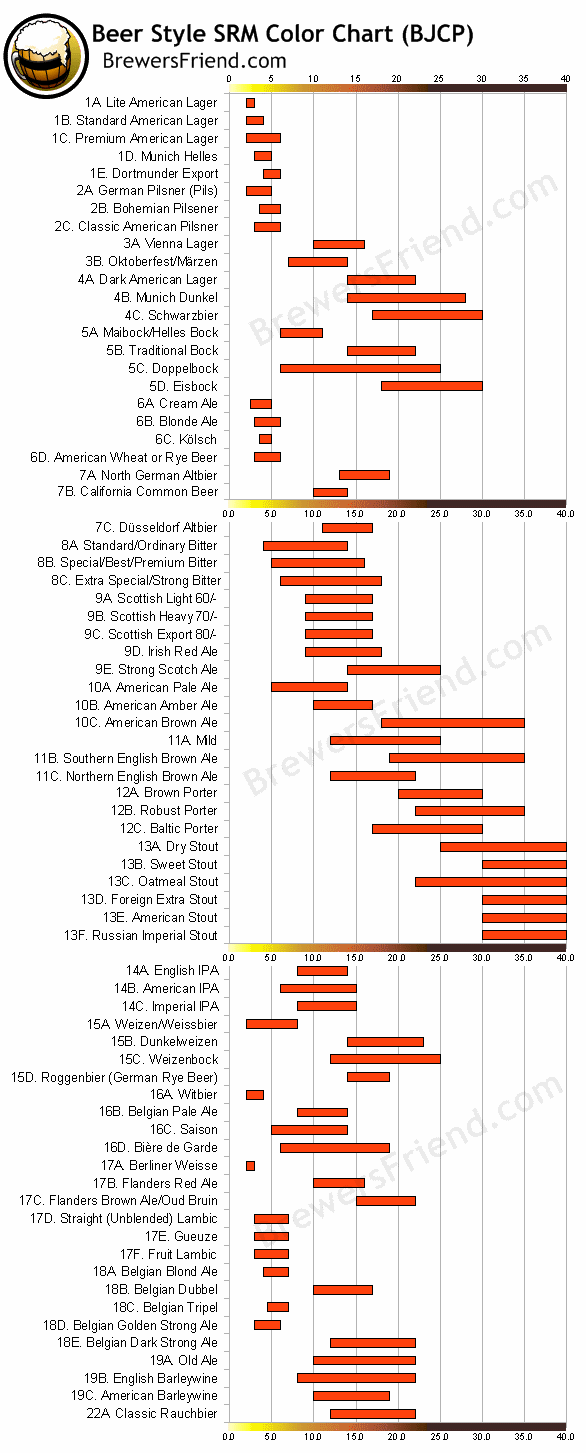Mashing, Thick or Thin?
Sunday, March 22nd, 2009One variable that all-grain brewers may not consider is mash thickness and how it affects efficiency and wort quality. It turns out adjusting the water to grain ratio in the mash might help. Increasing efficiency in all-grain brewing reduces the amount of grain required to reach your target OG, thus reducing the cost of your new, or old hobby. Thin mashing can be one method of improving efficiency as well as wort quality.
If you utilize a 2.0qt/lb mash, as opposed to 1.25qt/lb, you are creating more of a “soup” in your MLT. Breaking up dough balls and mixing the mash is much easier and enzymes are also more effective at converting starches to sugars in this environment. A thinner mash results in better conversion efficiency, conversion efficiency being the % of total starches in the MLT being converted to sugars.
In this case we increased the mash water from 1.25qt/lb to 2.0t/lb. In doing so we reduced our sparge water volume, this is the water that we use to rinse the sugars from the grain in the MLT during the sparge and lauter. If your mash consists of 12lbs of grain and you increased your mash water volume by 2.25 gallons as in the above scenario, you are reducing your sparge volume by that same amount. This can reduce your lauter efficiency, robbing you of some efficiency as well.
Although the reduced sparge volume can rob you of a small amount of efficiency in the end, it also rewards you with a higher quality wort. Fist runnings when sparging are the best… the sugar content is high, the pH is low and you are not extracting tannins from the grain husks as you are with a long and high volume sparge.
Thin mashing is not for everyone. If you are already achieving 80% or better efficiency into your fermentor with a thicker mash, you will likely see no increase by utilizing a thin mash. In this case your conversion efficiency is already nearly 100%. Essentially, all that you are creating by thin mashing is a scenario by which you are reducing your sparge volume, thus reducing your lauter efficiency while seeing no increase in your conversion efficiency. You will have a net loss.
If you are currently achieving 80% efficiency or less, you may want to experiment with a thin mash. You could easily increase your efficiency 5-15% by simply mashing thin! You will also see a benefit from increasing the quality of your wort by reducing the amount of sparging. Excessive sparging increases pH and extracts tannins from the grain husks, both undesirable.
Try it! Deviate from the typical 1.25qt/lb mash and try 1.5qt/lb or even 2.0qt/lb! This author has realized an increase from 70% to 85% efficiency by implementing this method alone.














